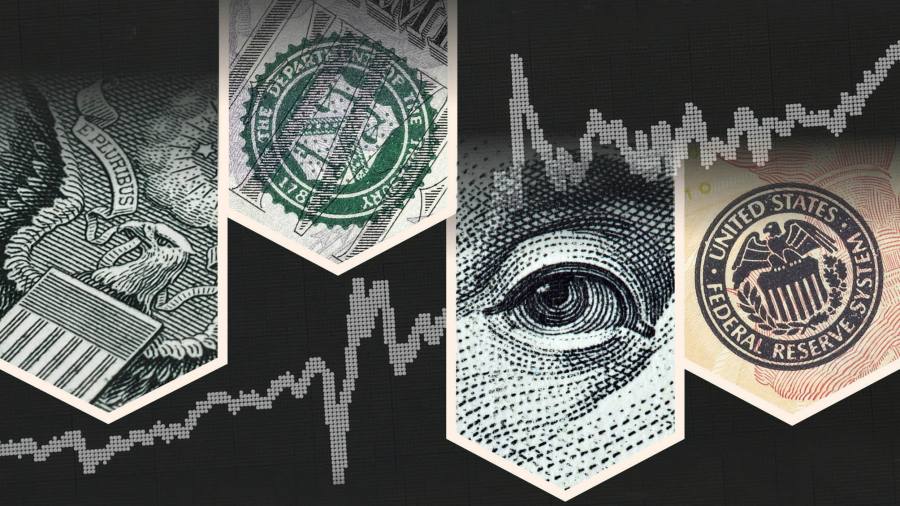The yield on the rate-sensitive two-year Treasury note hit a 16-year high on Tuesday as investors assessed data pointing to a resilient US economy despite high borrowing costs.
The two-year yield reached 4.82 per cent, its highest point since July 2007, just months before the Great Recession began at the end of that year. The yield briefly rose above 4.8 per cent on Monday before finishing just shy of that mark.
As short-term debt sold off, the blue-chip S&P 500 fell 0.3 per cent, reversing gains from earlier in the session.
The return on short-dated bonds has increased as US economic data in the past few months has indicated that the labour market is robust and the American consumer resilient despite the Federal Reserve’s efforts to cool the economy and tamp inflation with interest rate increases.
“High inflation and thus more Fed uncertainty have pushed up UST yields,” JPMorgan analysts wrote last week.
“The stickiness in US inflation in January and a still-tight labour market suggest that the Fed will need to increase rates further,” UBS analysts wrote on Tuesday.
The recent peak for the two-year yield coincides with a widening of the gap between itself and the yield on the 10-year note. The spread, known as the yield curve, has reached -0.86 per cent, which is the deepest level since 1981.
That negative reading, or “inverted” yield curve, is regarded as a signal of an impending recession. The JPMorgan analysts attach a 70 per cent chance to the possibility of a recession “in late 2023 or 2024”.
Read the full article here



